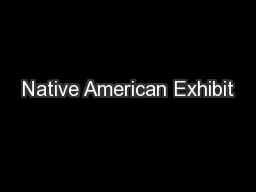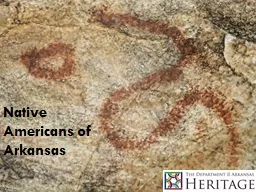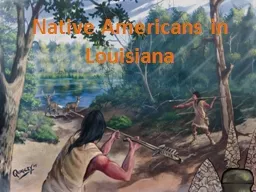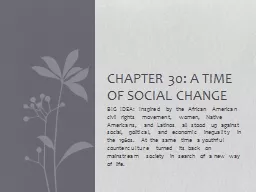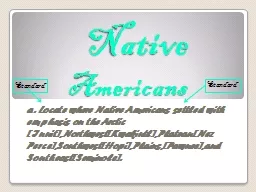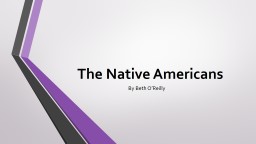PPT-Physical Environment and the Native Americans
Author : celsa-spraggs | Published Date : 2018-10-11
Image Michigan Historical Museum How did the Great Lakes form 15000 years ago the Laurentide Ice Sheet covered all of Michigan maximum extent was 18000 years ago
Presentation Embed Code
Download Presentation
Download Presentation The PPT/PDF document "Physical Environment and the Native Amer..." is the property of its rightful owner. Permission is granted to download and print the materials on this website for personal, non-commercial use only, and to display it on your personal computer provided you do not modify the materials and that you retain all copyright notices contained in the materials. By downloading content from our website, you accept the terms of this agreement.
Physical Environment and the Native Americans: Transcript
Download Rules Of Document
"Physical Environment and the Native Americans"The content belongs to its owner. You may download and print it for personal use, without modification, and keep all copyright notices. By downloading, you agree to these terms.
Related Documents


